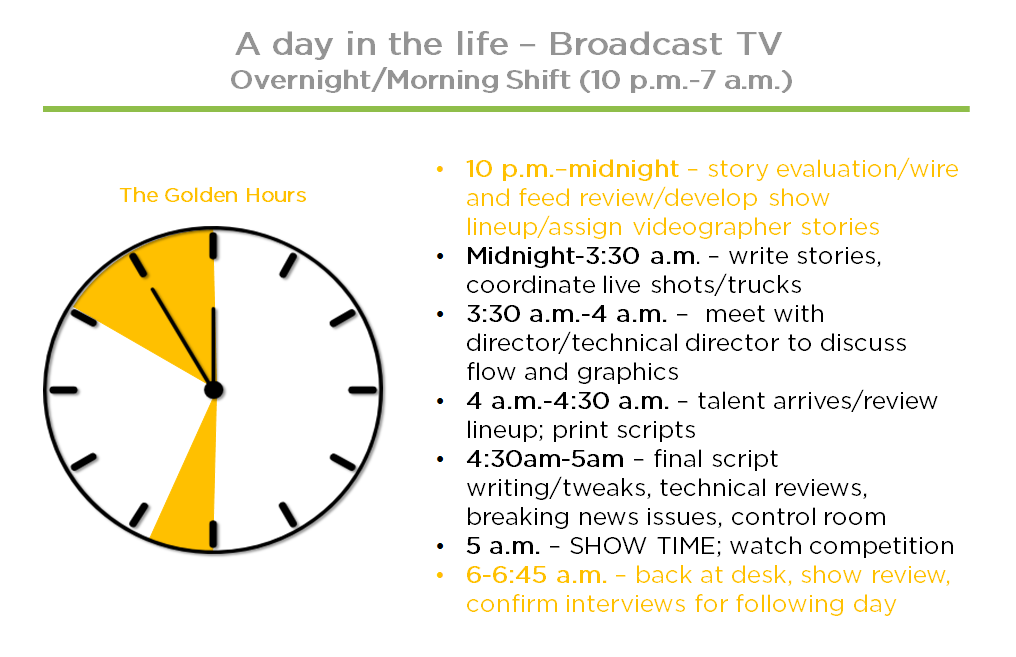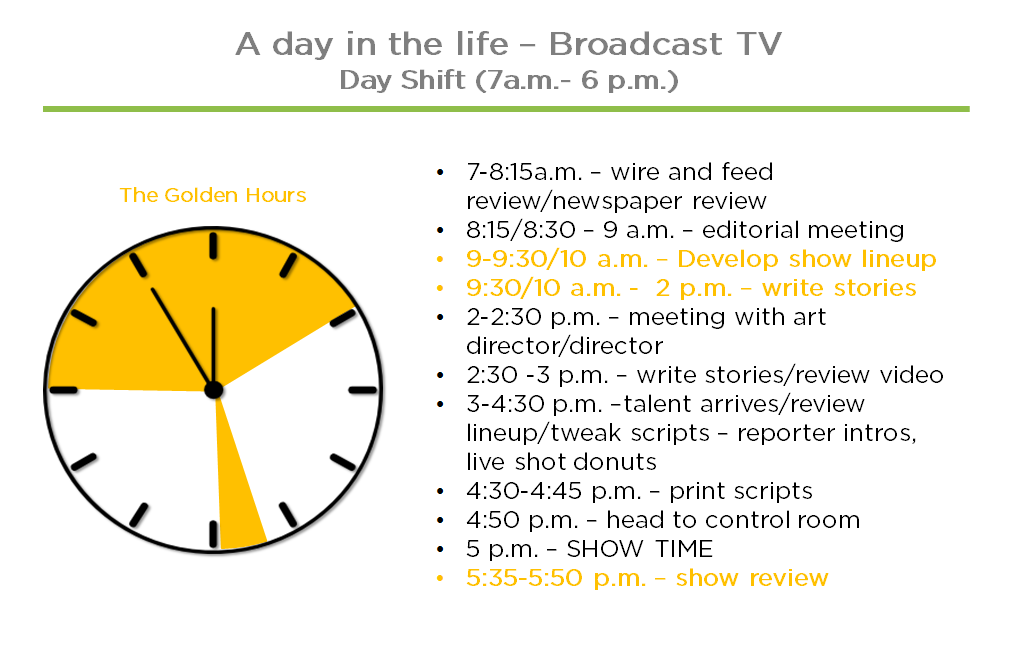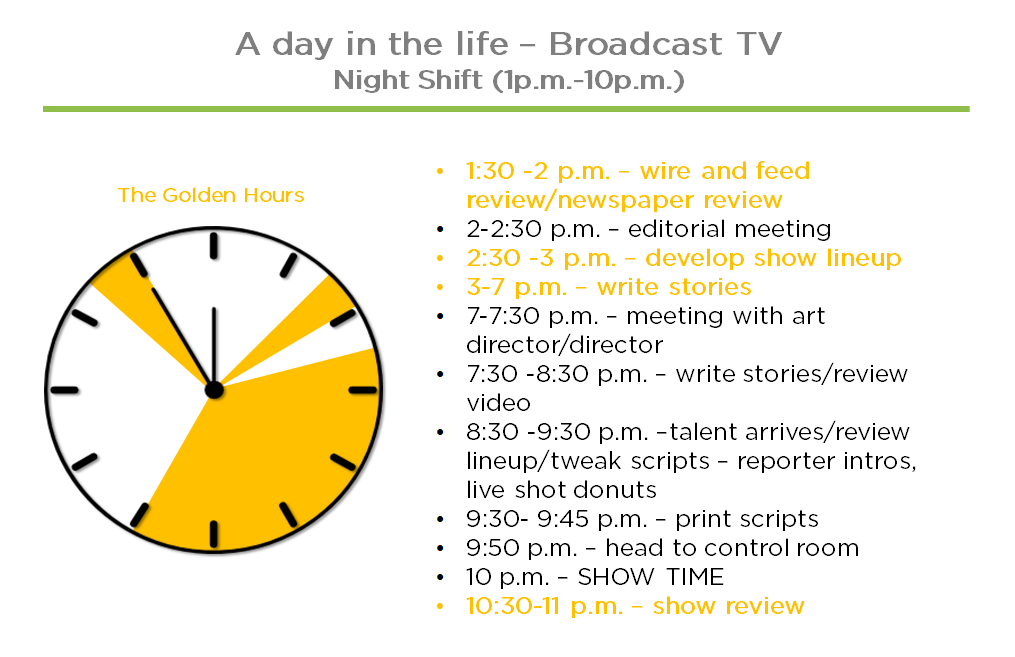Work P**ch!

You just got the green-light from your client, “Go ahead and pitch!” But what’s next? Which reporters should get the pitch? What does the pitch look like? When’s the best time to get them on the phone?
After nearly fifteen years in a newsroom, I’ve been on the receiving-end of thousands of pitches and can tell you a few things about how to land coverage AND how to get blacklisted by every reporter. This is the guide on how to get smart on pitching and spend less time achieving better results.
Know Who
- Know Contact Roles – As you build your media list, understand the difference between a reporter, contributing writer, the planning desk, Managing Editor, etc. The bottom line is: if you’re sending a pitch to a News Director - you’re doing it wrong.
- Do Your Homework – Before adding a reporter to your media list, follow their recent stories to get a better understanding of what they’ve written lately. Stay one step ahead of current news headlines and breaking news in order to understand what else reporters have on their plate. Mass email pitches are easy, but will net you nothing!
Know What
- A Bad Pitch – A bad pitch is long, full of corporate jargon and often sent through a cookie-cutter mail merge with a long and boring subject line. If a reporter doesn’t immediately delete this type of pitch, they will more than likely read the first sentence, mark the email as junk, and remember who you are for future reference. That memory will not be a good one.
- A Good Pitch – A good pitch is personalized and relevant to what a reporter is working on. Anticipate reporters’ wants and needs because a good pitch makes their job easier. Use the pitch as an opportunity to start a dialogue: offer reporters valuable information.
Know When
- Print and Radio - For print, DO NOT contact a print reporter after 2 p.m. unless the sky is falling. By this time they already have their stories and are working toward heated deadlines.
For Radio, the morning shift runs from 6 a.m. to 2 p.m.; afternoon shift from 1 p.m. to 10 p.m. and overnight shift from 9 p.m. to 6 a.m. Radio producers/reporters have more flexibility to take calls because there are fewer technical requirements to get a show on the air. They can literally “rip and read.”
- Television – Be sensitive to the newsroom timeline. Calling a reporter to follow up on your pitch as they walk into the studio for a show will irritate them and get you nowhere.
Here are the golden hours for contacting television contacts:



View each pitch as an opportunity to build a relationship with a reporter. By taking the time to assemble the right media list, writing a pithy, value-adding pitch and calling reporters when they can actually focus on a conversation, you’re doing two important things: saving yourself time, effort and potential embarrassment AND saving your clients money while achieving better results.
Kim Metcalfe is a former NBC and CBS network news producer turned PR Maven.